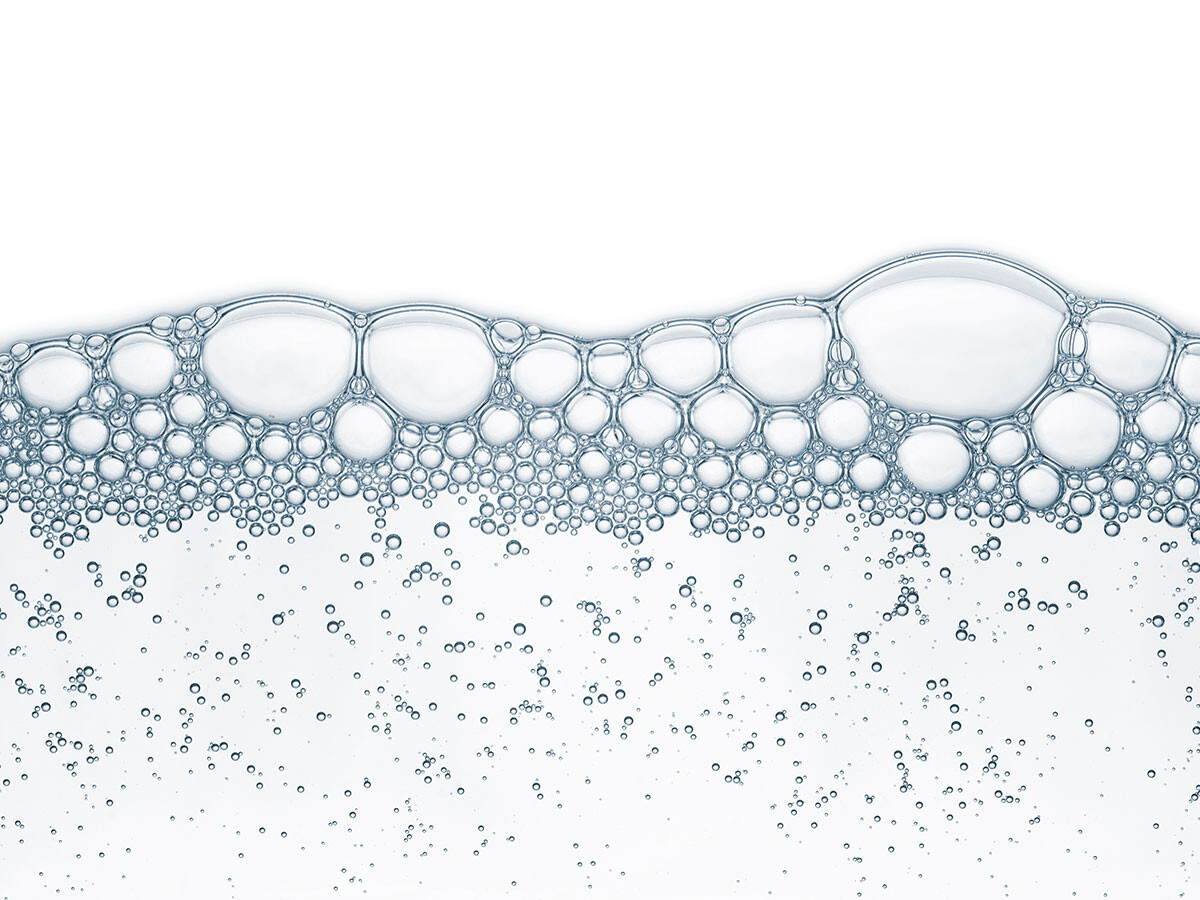A Guide to Understanding the Different Types of Defoamers Available
Choosing the Right Defoamer for Your Details Application Needs
Choosing the ideal defoamer for details application requirements is a nuanced procedure that demands mindful consideration of numerous aspects, such as the foam type, operating, and medium problems. Understanding the subtleties of defoamer performance-- including speed and perseverance-- while likewise accounting for governing and environmental factors is important.
Comprehending Foam Formation
Foam development happens when gas is trapped within a fluid, creating a stable framework of bubbles. This phenomenon can dramatically influence various commercial procedures, particularly in industries such as food production, drugs, and wastewater treatment. The visibility of foam can hinder blending, lower item high quality, and also cause functional ineffectiveness.
Foam generally forms as a result of a combination of elements, consisting of surface-active agents, agitation, and the characteristics of the fluid stage. Surfactants reduced the surface area tension of the liquid, assisting in the development of bubbles that can stabilize and coalesce. Agitation, whether from mechanical mixing or gas introduction, enhances bubble development, leading to increased foam volume.
Recognizing the auto mechanics of foam formation is essential for sectors aiming to optimize their processes. By recognizing the particular conditions that promote foam generation, companies can implement techniques to reduce its effects. This knowledge lays the foundation for picking appropriate defoaming agents that effectively target the distinct obstacles postured by foam in various applications. A detailed understanding of foam formation is necessary for enhancing effectiveness and keeping product stability throughout numerous fields.
Kinds of Defoamers Available
Different kinds of defoamers are offered to deal with the obstacles positioned by foam in industrial applications. defoamers. Extensively categorized, defoamers come under three classifications: silicone-based, non-silicone-based, and natural defoamers
Silicone-based defoamers are renowned for their performance and stability throughout a large range of temperatures and pH degrees. They are typically utilized in applications where solid foam suppression is needed, such as in finishes, adhesives, and paints. Their low surface area tension enables rapid foam collapse.
Non-silicone-based defoamers, typically made from natural substances, supply an option for applications conscious silicone deposits. These defoamers can be additional divided right into polyether and ester kinds, each customized to satisfy details formula demands. Non-silicone defoamers are regularly used in food processing and personal treatment items as a result of their compatibility with various formulas.
Natural defoamers, originated from plant or pet resources, are obtaining grip because of their environmentally friendly profile. These products are especially appealing in applications where governing conformity and sustainability are paramount, such as in agrochemicals and biotechnology.
Choosing the ideal sort of defoamer is essential for enhancing efficiency and making certain compatibility with specific applications.
Trick Application Factors To Consider
When selecting a defoamer, it is vital to think about the specific application requirements to ensure optimum efficiency. defoamers. Various sectors have distinctive requirements, such as food handling, pharmaceuticals, or wastewater treatment, and each application might require unique defoaming residential properties
Secret elements to review include the medium in which the defoamer will certainly be made use of, whether it is water-based, oil-based, or a mix thereof. The temperature and pH degrees of the application can additionally substantially influence the performance of a defoamer. Furthermore, compatibility with other chemicals present in the system is essential to stop damaging responses that could compromise efficiency.
One more important factor to consider is the foaming habits of the details system. Comprehending whether the foam forms quickly or gradually can guide the option of a defoamer that targets the root cause successfully. The desired rate of defoaming can affect the choice, as some applications call for rapid action while others might tolerate slower defoaming procedures.
Lastly, environmental and regulatory factors to consider must not be overlooked, especially in sectors with rigorous compliance demands. Picking a defoamer that aligns with these aspects ensures both effectiveness and security in the application.

Efficiency Screening Methods
Reviewing the efficiency of a defoamer calls for a systematic method to screening that accurately gauges its effectiveness in specific applications. Different efficiency testing methods can be utilized to determine the optimum defoamer for a provided formulation.
One usual method is the bubble examination, which examines the defoamer's capacity to decrease foam quantity gradually. This examination involves producing a secure foam and afterwards adding the defoamer to observe the rate of foam collapse. An additional approach is the dynamic foam examination, where foam is generated under controlled problems to mimic real-world application circumstances. This approach offers understandings into how the defoamer performs under differing shear problems.

Inevitably, selecting the proper performance testing method depends upon the details application and the type of foam being addressed. Each approach provides important information that can lead formula modifications and boost the effectiveness of the defoamer in useful applications.
Best Practices for Selection


Next, take into consideration the defoamer's efficiency in terms of rate of action and determination. A quick-acting defoamer may be necessary for procedures where rapid foam reductions is essential, while a much more persistent solution could be needed for long term foam control. Additionally, review the ecological effect of the defoamer, including its biodegradability and any governing compliance needs.
Conduct trials with selected defoamers to identify their efficiency in real-world problems. By sticking to these best practices, you can enhance foam control effectiveness and make certain the over here longevity of your procedures.
Conclusion
In summary, picking the proper defoamer requires an extensive evaluation of numerous elements, including foam kind, medium, operating problems, and environmental considerations. Recognizing the distinct features of foam formation and the available defoamer alternatives is important.
Selecting the ideal defoamer for certain application needs is a nuanced procedure that requires cautious consideration of several factors, such as the foam operating, medium, and type problems.Selecting the right defoamer is vital for attaining optimum performance in foam control applications. A quick-acting defoamer might be necessary for processes where fast foam suppression is essential, while a much more relentless solution may be required for prolonged foam control.In summary, choosing the appropriate defoamer requires a thorough assessment of different variables, including foam type, medium, operating problems, and ecological considerations. Recognizing the distinct attributes of foam formation and the available defoamer options is vital.